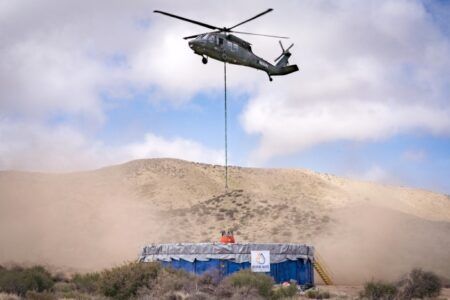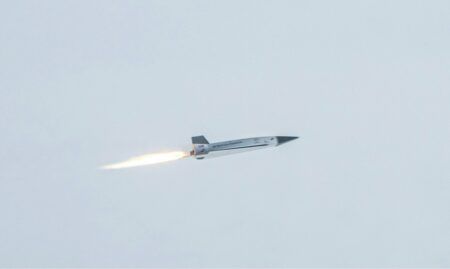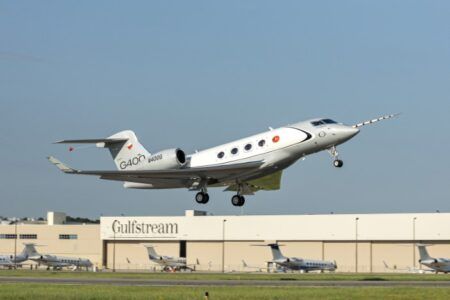The world’s first large variable-buoyancy-powered autonomous uninhabited air vehicle (UAV) was successfully test flown in March.
A team of researchers from academia and industry have developed the Phoenix endurance aircraft over the last 3 years, primarily for it to be used as an atmospheric satellite for communications.
The Phoenix is 15m long, has 10.5m wingspan and spends half its time as a heavier-than-air aeroplane and the other as a lighter-than-air balloon.
The repeated transition between the two states propels the aircraft, which can be quickly deployed as a communications satellite in areas of humanitarian need.
The concept of variable-buoyancy propulsion has been exploited previously for underwater remotely-operated-vehicles (ROVs) but has never before been used successfully for the propulsion of a large-scale aircraft.
The prototype aircraft was flown successfully and repeatedly during indoor flight trials under the command of a fully autonomous flight control system over a distance of 120m, the length of the Drystack facility, Trafalgar Wharf, Portsmouth, the location for the trials. Approximately five transitions were made during each test flight in March.
The fuselage is made from a vectran-based woven material and contains Helium, providing buoyancy sufficient to make the complete vehicle lighter than air and ascend like a balloon. Within the fuselage is a separate air bag with pumps located at the mouth of this air bag that inhale and compress air from outside and thereby add weight (without altering the displacement) sufficient to overcome the buoyancy.
The transition to heavier-than-air flight allows the aircraft to descend like a conventional aeroplane. The release of the compressed air returns it to a lighter-than-air configuration and the process is repeated. The forward inclination of the lift/buoyancy vectors with respect to the flight path, and the expulsion of the compressed air through a rearward facing vent, provide a thrust force that propels the aeroplane forwards without need of any other form of propulsion.
The energy needed to power the pumps, actuate the valve, and move the flight-control surfaces is provided by a rechargeable battery which, in turn, is supplied by an array of lightweight, flexible solar cells distributed on the upper surfaces of the wings and horizontal tail.
The fuselage retains its rigidity through internal pressure and the structure of the flight surfaces uses carbon-fibre sandwich panels for the ribs, carbon-fibre spars and a lightweight skin. The wings house a pair of ailerons and the cruciform tail includes pairs of rudders and elevators. A reversible hydrogen fuel cell has been developed to augment the power system on future versions.




